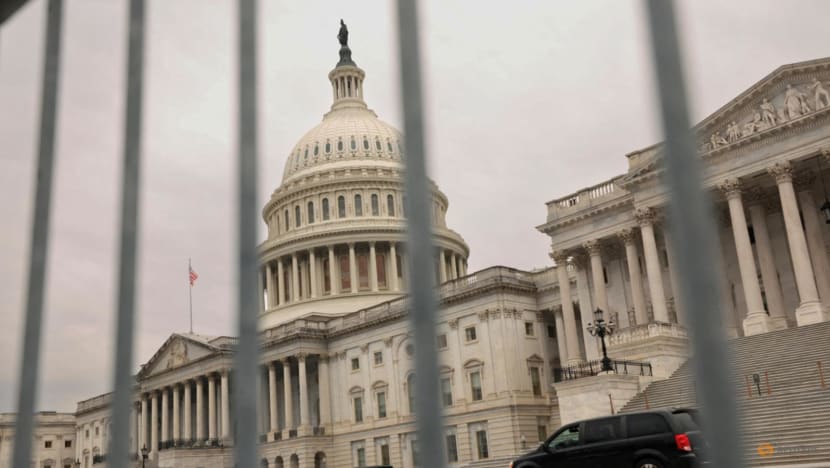Asia Embraces the Crypto Wave as Businesses Turn to Stablecoins
Asia is fast emerging as a hub for crypto innovation as businesses across the region increasingly adopt stablecoins to streamline cross-border transactions, reduce volatility, and enhance digital financial operations.

By Prativad News | Global Tech & Finance Desk
From Singapore’s fintech corridors to South Korea’s tech giants and India’s growing digital economy, stablecoins—cryptocurrencies pegged to traditional fiat currencies—are gaining rapid acceptance. Experts say this trend is not just a tech fad but a strategic move toward more resilient and efficient financial systems.
Stablecoins Gain Trust in Trade
Unlike volatile cryptocurrencies like Bitcoin or Ethereum, stablecoins such as USDC and Tether (USDT) offer businesses a predictable value, making them ideal for payments, remittances, and e-commerce settlements.
“In Asia, where many economies are export-driven and rely heavily on international trade, the appeal of stablecoins lies in their ability to settle payments instantly without the high fees and delays of traditional banking systems,” said Dr. Yuki Tanaka, a blockchain researcher based in Tokyo.
Governments & Regulators Watching Closely
While private players drive the adoption, governments across Asia are closely monitoring the crypto wave. Hong Kong, Japan, and Singapore have already initiated frameworks to regulate stablecoins, ensuring compliance and consumer protection.
India, despite its cautious stance on crypto trading, has also signaled interest in exploring blockchain-based solutions for cross-border transactions. Meanwhile, the People’s Bank of China continues to expand trials of its own digital yuan, a state-backed alternative to stablecoins.
Corporate Adoption Rising
Multinational companies, especially in logistics, supply chain, and IT services, are now experimenting with stablecoins to improve efficiency. Filipino freelancers, Vietnamese tech startups, and South Korean gaming companies are increasingly accepting USDT or USDC for services, reducing reliance on banking intermediaries.
“Stablecoins are becoming the digital dollar of Asia,” remarked Priya Mehta, a fintech analyst based in Mumbai. “They provide liquidity, speed, and transparency that traditional systems struggle to match.”
Challenges Remain
Despite the enthusiasm, challenges such as regulatory uncertainty, cyber risks, and interoperability across platforms remain. Still, industry leaders remain optimistic.
“The momentum is real. Asia is not just following the global crypto trend—it is starting to lead it,” said Wei Zhang, CFO of a Singapore-based crypto payment startup.
The Bottom Line:
As global finance continues to decentralize, Asia’s embrace of stablecoins signals a major shift in how the world transacts. With innovation, regulation, and demand converging, the continent is on track to play a defining role in the future of digital money.






















